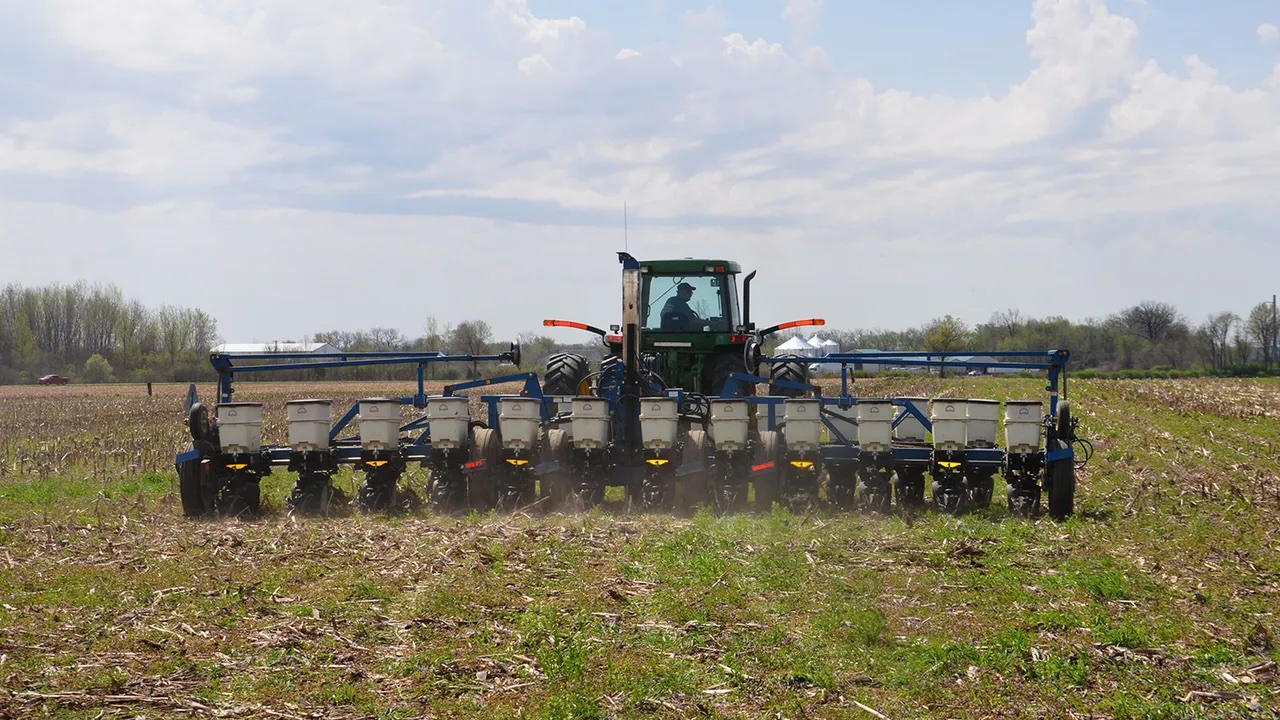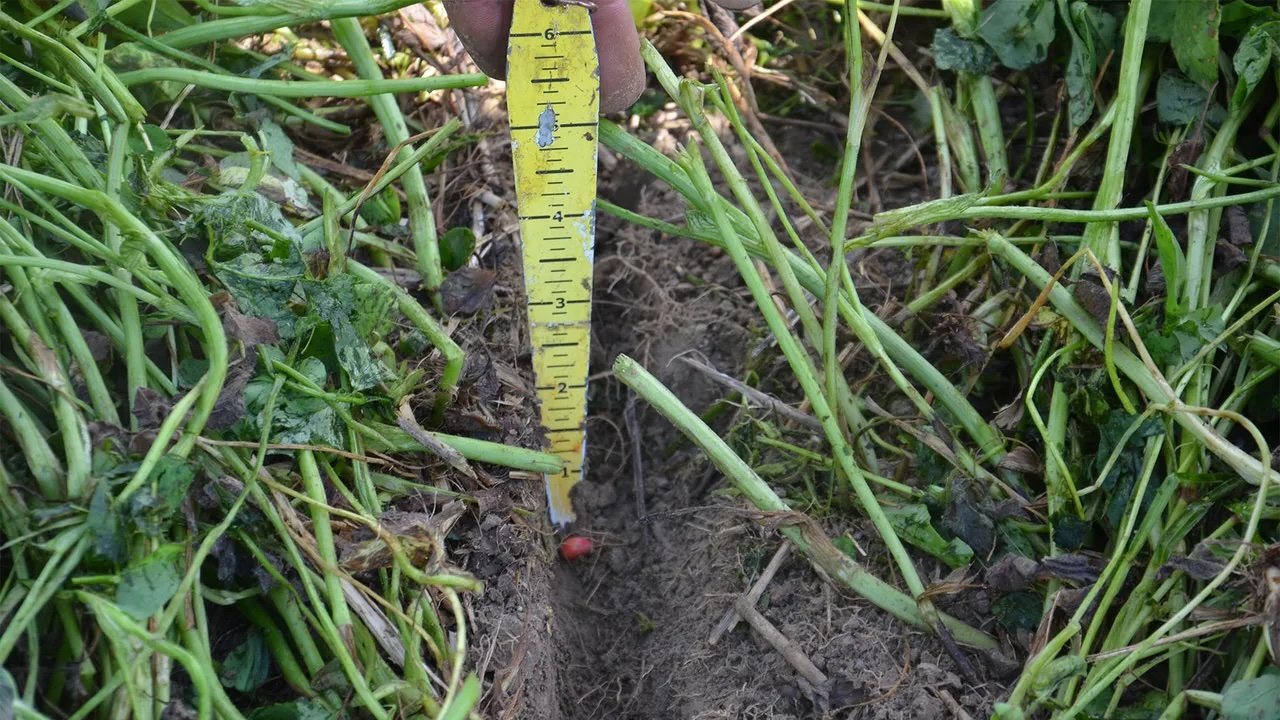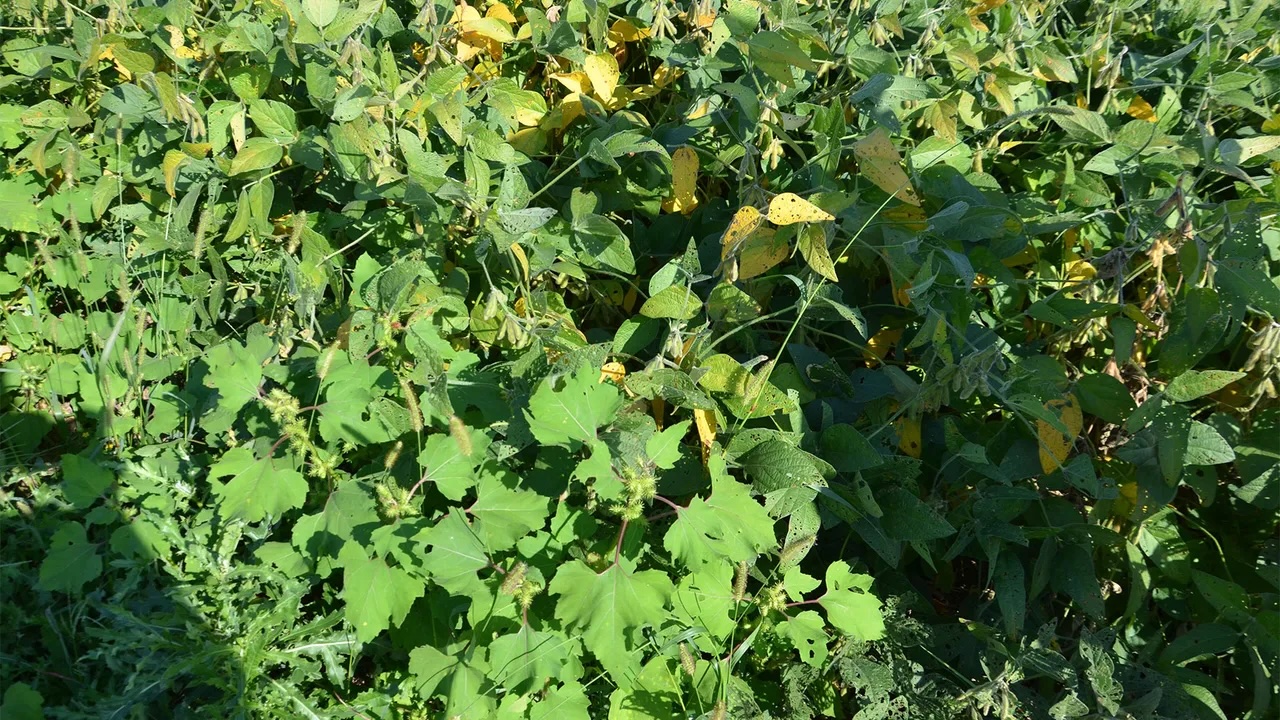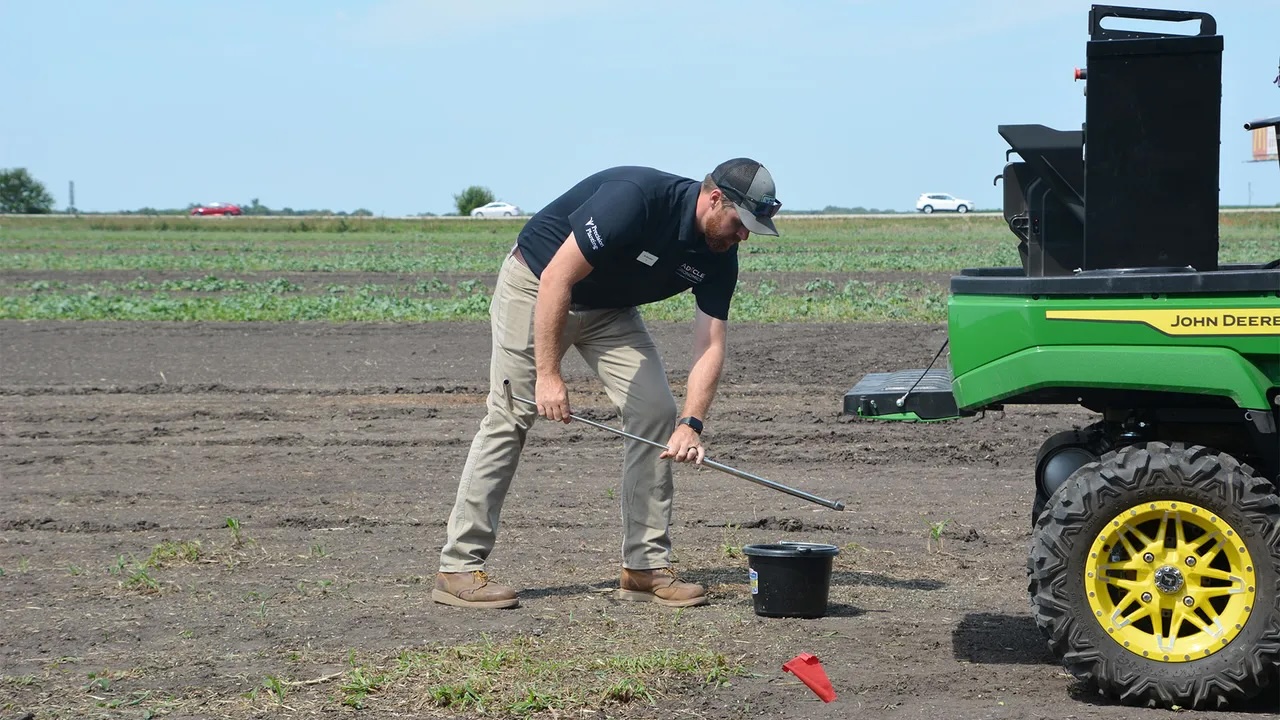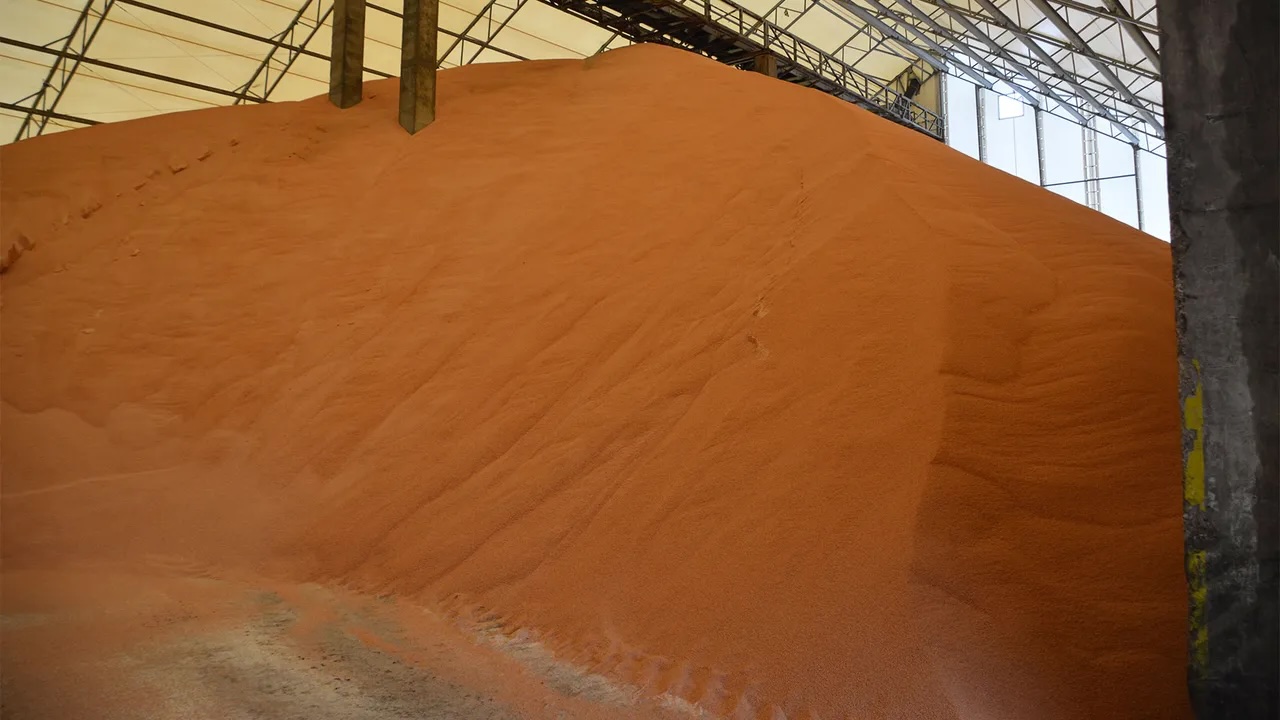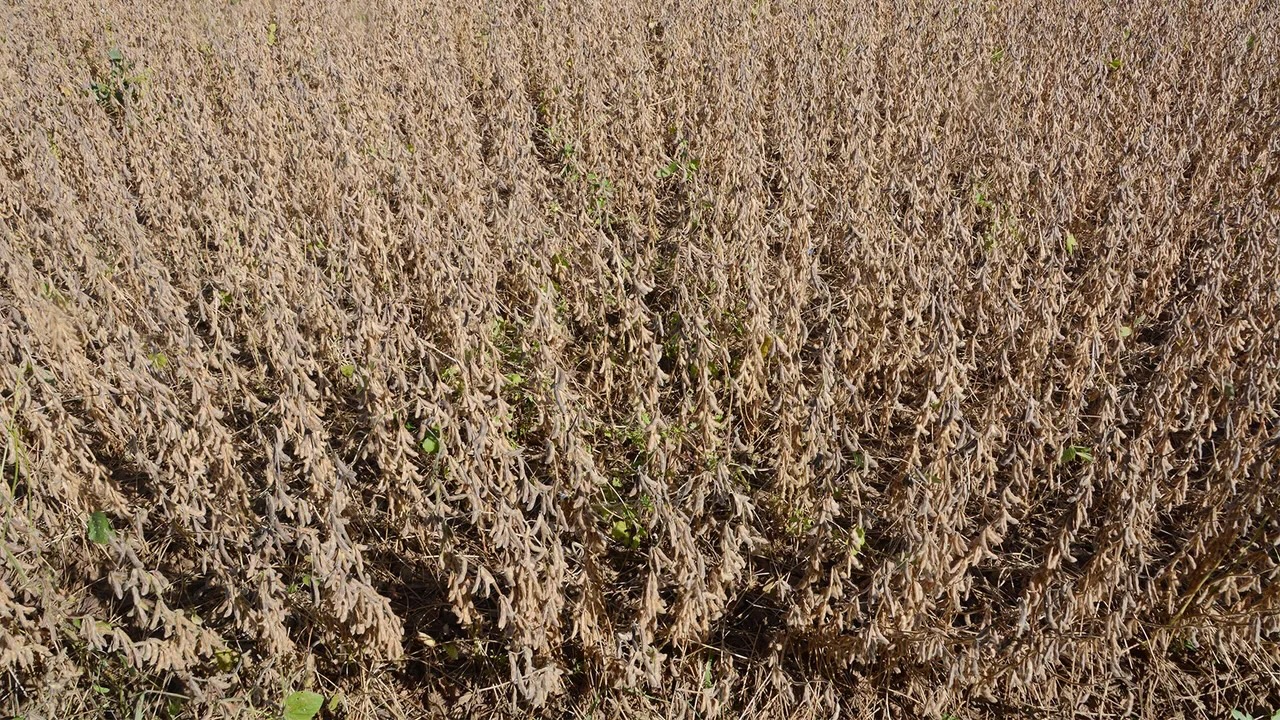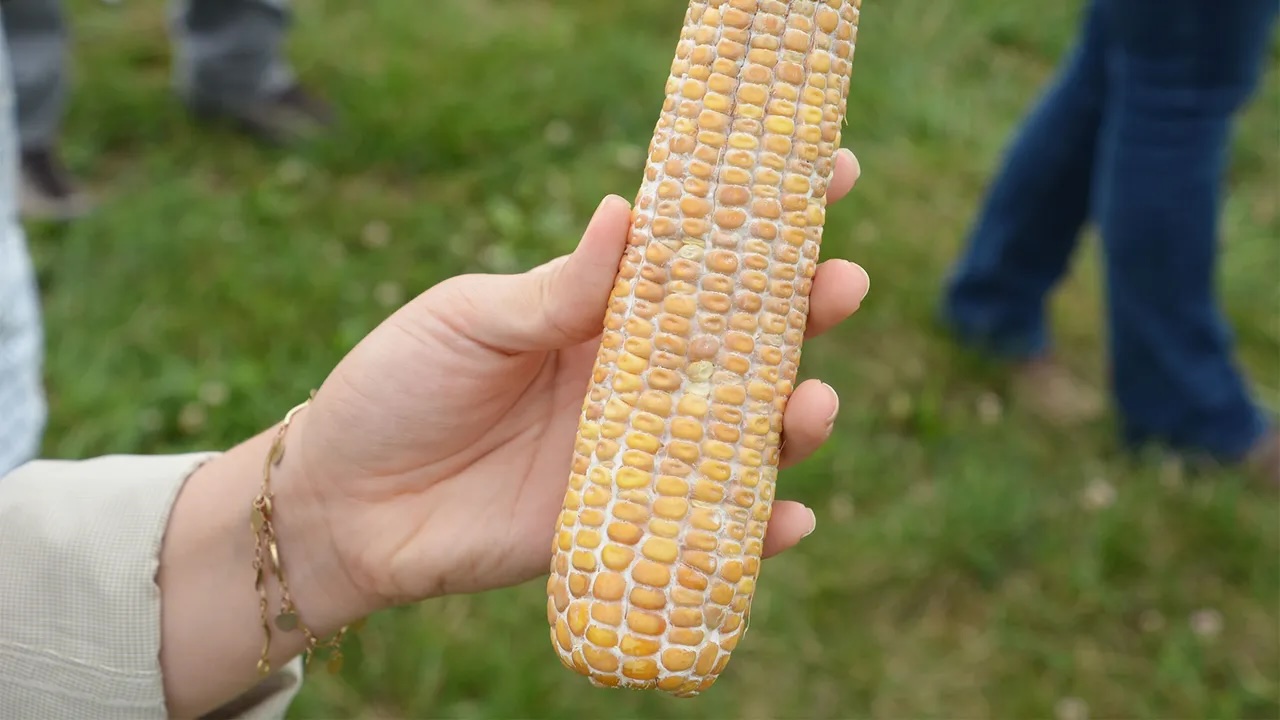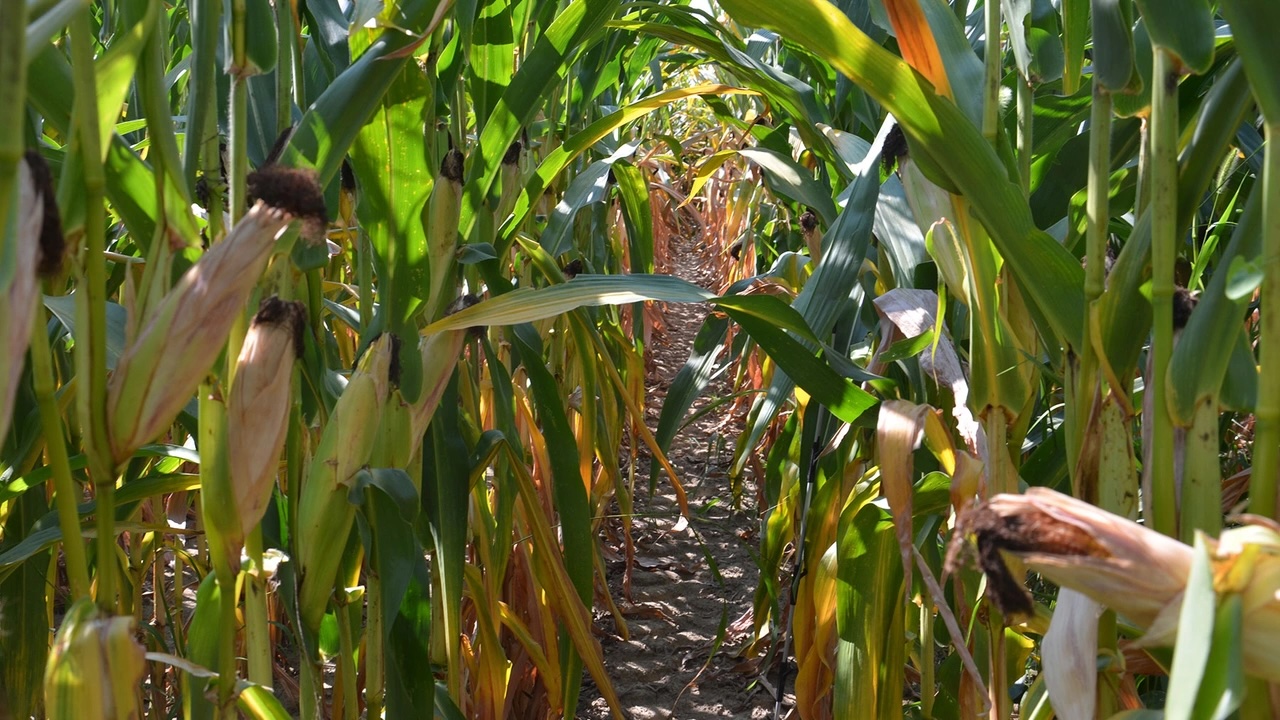Get corn seeding rates in right range

We vary from 28,000 to 34,000 seeds per acre. Should we slide the whole scale up 2,000 with newer hybrids? Does varying corn seeding rate pay?
The Indiana certified crop adviser panel answering this question includes Gene Flaningam, crops consultant, Vincennes; Carl Joern, Pioneer field agronomist, northeast Indiana; Greg Kneubuhler, agronomist, G&K Concepts Inc., Harlan; and Dan Quinn, Purdue Extension corn specialist.
Flaningam: For fixed-ear hybrids, push your population on more productive soils. Flex-type hybrids will adjust according to the growing season. If growing conditions are favorable, they will adjust ear size for increased yields. Review each hybrid’s growth characteristics with your seed dealer and adjust seeding rates accordingly. There is a point of diminishing returns as we push all inputs. Find that point to be cost effective and a better steward.
Joern: Why have corn yields increased? Are ears getting larger? Maybe a little, but yield gains are tied more predominantly to the corn plant’s ability to withstand stress. You can influence stress level by increasing interplant competition.
How much you should vary seeding rate depends on the variability of your acres and the hybrids you plant. Ask your seed supplier about seeding rate trials for your hybrids. In general, in fields with higher yield potential, you may capture more bushels by increasing seeding rates. Lower yield potential fields could benefit from moderate seeding rates, perhaps lower than average. The most successful growers optimize input costs. Ensuring you get the most out of seed expense can be met through seeding rates.
Back to your question: I would not move off the low end of your range, and I would increase the top end by a few thousand. Remember, this depends on a field’s variability and the hybrid you’re planting.
Kneubuhler: We’ve done seeding prescriptions for years and have routinely built in “proof” strips to help guide us to correct populations. Your current range of 28,000 to 34,000 is spot-on. Our data is quite supportive of lower seeding rates as opposed to higher seeding rates. I’m not saying a certain hybrid won’t respond to a higher rate, but look at research on your farm and with your hybrids before blindly ratcheting up overall rates 2,000 seeds per acre.
Varying seed does pay. If created correctly, seed prescriptions offer a great payback. It’s normally not going to make or break your farm, but it offers solid agronomic benefits. Building seeding rates correctly is most important. There is a right way and a wrong way to assemble seeding prescriptions. Understand how they are made, or work with those who do them well.
Quinn: New hybrids can tolerate higher seeding rates well, but they can also tolerate lower seeding rates well. Even with newer hybrids, optimum seeding rates still range from 28,000 to 34,000. You are right where you need to be.
In previous research, we often see very minor yield differences from 28,000 to 34,000. Varying seeding rates often only pays when we see large variations in soil type, soil productivity and moisture availability, like irrigated vs. nonirrigated. If your planter can vary seeding rates on the go, test different rates within your own fields to better determine your optimum rates.



